Ultimate Guide to B2B Marketing Strategy and Plan in Australia

Are you tired of throwing a dart at a board blindfolded and hoping it lands on a bullseye? That’s how many businesses feel about B2B marketing in Australia. With the competition hotter than a kangaroo on a hot day, it’s easy to feel overwhelmed and lost.
Marketing for B2B isn’t the same as selling socks to consumers. It’s about understanding complex needs, navigating intricate decision-making processes, and building relationships that last.
Here, we’re going to cut through the jargon and give you a clear roadmap to B2B marketing success. So, are you ready to level up your B2B marketing strategy and start attracting more qualified leads? Let’s get started.
What is B2B Marketing?
B2B marketing stands for business-to-business marketing. B2B marketing means simply selling things to other businesses. Instead of selling directly to people, B2B is about helping other companies with their work. It’s about finding their needs and showing them how your product or service can solve their problems.
You want to build trust and work together for a long time. This means understanding what they want, what’s tough for them, and how you can help them be successful.
Key characteristics of B2B marketing include:
- Relationship-focused: Building strong, long-term relationships with other businesses is essential.
- Value-driven: Business-to-business marketing emphasises the value that products or services provide to businesses, rather than simply focusing on features or price.
- Complex decision-making: B2B purchases often involve multiple decision-makers and a more complex evaluation process.
- Content-driven: High-quality content, such as whitepapers, case studies, and blog posts, plays a crucial role in educating and informing potential customers.
In Australia, marketing for B2B takes on an added layer of complexity. Businesses seek partners who can offer value, insight, and a shared vision for success. A well-crafted B2B marketing strategy is about creating lasting partnerships.
Difference Between B2B & B2C Marketing
Let’s not complicate things—B2B (Business-to-Business) means selling to other businesses, while B2C (Business-to-Consumer) means selling to regular people like you and me. Both want to make money, but they do it in very different ways.
Here’s how they differ:
Who are you selling to?
- B2B: You’re selling to bosses and people who make buying decisions for companies. They care about saving money and making more money.
- B2C: You’re selling to people. They might buy something because they like it, it makes them feel good, or they need it right now.
How long does it take to make a sale?
- B2B: It takes a long time. There are lots of people involved in the decision, and they need to think about it carefully.
- B2C: It can be quick. People often decide to buy something fast, maybe because they saw an ad or a friend recommended it.
What kind of messages work best?
- B2B: You need to show how your product or service can help businesses make or save money. Use facts and numbers.
- B2C: Focus on making people feel good or excited. Use pictures and stories that connect with people’s lives.
Where do you find your customers?
- B2B: Look for places where businesses hang out, like online groups for business owners or industry events.
- B2C: Use places where people spend their time, like social media or popular websites.
| Aspect | B2B Marketing | B2C Marketing |
| Goal | ROI, efficiency, and expertise | Deals and entertainment (fun marketing) |
| Purchase Motivation | Logic and financial incentives | Emotion |
| Drivers | Education (content marketing) | Education is appreciated but not always required |
| Purchase Process | Prefers account managers and salespeople | Direct purchases |
| People Involved in Purchase | Decision-makers and chain of command | Rarely needs to confer with others |
| Purchase Purpose | Long-term solutions (longer sales cycle, contracts, relationships) | Not necessarily looking for long-term solutions |
Top B2B Marketing Strategies
1. Understand the B2B Buyer’s Journey
Imagine your buyer as a traveller on a journey. They start with a problem, explore solutions, make a decision, and finally, become your loyal customer. Your marketing strategy should guide them through this journey seamlessly.
- Awareness: Help them recognise their problem.
- Consideration: Showcase your solution as the best option.
- Decision: Provide the final push they need to choose you.
- Retention: Keep them happy and coming back for more.
2. Identify Your Target Market and Target Audience
Not all businesses are created equal. You need to pinpoint the specific ones that will benefit most from your offerings.
- Define your ideal customer profile: Consider factors like industry, company size, and location.
- Identify decision-makers: These are the people who hold the purse strings.
3. Choose Your Marketing Mix (or the 4 Ps of marketing)
The 4 Ps of marketing are essential for your strategy.
- Product: Ensure it meets their needs and stands out.
- Price: Consider factors like value-based pricing and competitive pricing.
- Place: Choose the right channels to reach your target audience.
- Promotion: Utilise a mix of digital and traditional marketing tactics.
4. Create a B2B Marketing Plan and a Marketing Strategy
A well-crafted plan is your roadmap to success. It should include:
- Clear objectives: What do you want to achieve?
- Specific tactics: How will you reach your goals?
- Budget allocation: Ensure you’re spending wisely.
- Timeline: Set realistic deadlines.
5. Cover All of Your B2B Marketing Bases, Such as Launching a Website
Your website is your digital storefront. Make sure it’s:
- Professional: Visually appealing and easy to navigate.
- Informative: Provide valuable content and resources.
- Optimised: Use SEO best practices to improve visibility.
- Engaging: Encourage visitors to take action.
6. Run a Competitive Analysis
Understanding your competition is key to developing a successful B2B marketing strategy. A competitive analysis involves researching your competitors to understand their strengths and weaknesses. Consider factors such as:
- Products and Services: What are your competitors offering? How do their offerings compare to yours in terms of quality, price, and features?
- Marketing Tactics: How are your competitors reaching their target audience? Analyse their digital presence, content marketing strategies, and advertising efforts.
- Customer Feedback: What are customers saying about your competitors? Read reviews, testimonials, and case studies to understand what clients value and where there might be gaps in the market.
7. Determine Your Brand Positioning
Brand positioning is about defining how your brand is perceived in the market. It’s the space you occupy in the minds of your target audience. In the Australian market, where competition can be fierce, strong brand positioning can set you apart. Consider:
- Value Proposition: What unique value do you offer that your competitors don’t? This could be superior quality, exceptional customer service, or industry expertise.
- Brand Voice: How do you communicate with your audience? Your brand voice should be consistent across all channels, reflecting your company’s personality and values.
- Differentiators: What makes you different? Highlight the features, benefits, or services that set you apart from the competition.
8. Explore B2B Marketing Channels to Use
Selecting the right marketing channels is crucial for reaching your target audience effectively. Consider the following channels:
- LinkedIn: As a professional networking platform, LinkedIn is a powerful tool for business-to-business marketing. Use it to connect with industry leaders, share valuable content, and run targeted advertising campaigns.
- Email Marketing: Email marketing remains one of the most effective business-to-business marketing channels. Use personalised email campaigns to nurture leads and keep existing clients engaged.
- Content Marketing: Create high-quality content that educates, informs, and builds trust with your audience. This can include blog posts, whitepapers, infographics, and videos.
- Trade Shows and Events: In-person events are an excellent way to build relationships and showcase your products or services. Consider participating in or hosting industry-specific events.
Types of B2B Marketing Channels
Figuring out the best ways to reach business customers can be tricky. There are many ways to do this, and each has its strengths. Here are some of the main ways to market to businesses:
1. B2B Email Marketing
Email is a great way to talk directly to your business customers. You can send them messages that are just for them, based on what they need or what they’ve done before. This helps you build a better relationship with them.
You can use special tools to send emails at the right time and to the right people. It’s also important to make your emails personal by using their names and information you know about them.
2. B2B Digital Marketing
Digital marketing means using online tools to reach your customers. One way is to ensure your website shows up when people search for things related to your business. You can use Search Engine Optimisation, commonly known as SEO.
You can also use paid ads to get people to visit your website. This is called Pay-Per-Click, or PPC advertising. Social media is another good way to connect with your customers and share useful information.
3. B2B Content Marketing
Content marketing is about creating helpful and interesting things for your customers to read, watch, or download. This can include blog posts, reports, and videos. It helps people learn about your business and trust you as an expert.
4. B2B Social Media Marketing
Social media is a good place to connect with other businesses and share information. LinkedIn is a popular site for professionals, while Twitter is good for quick updates and conversations. You can also use video platforms like YouTube to share helpful videos.
Remember, the best way to market to businesses is to use a mix of different methods. Figure out what works best for your customers and your business.

Get weekly insights for revenue-shifting results
Sign up for our newsletter and be the first one to know about our exclusive offers, digital marketing news and updates.
|
|
Thank you for Signing Up |


B2B Marketing Trends in 2024
B2B advertising is constantly evolving, from direct mail to AI-powered personalisation. New technologies and trends are revolutionising the way you do business. To succeed, B2B marketers need to stay agile and adapt quickly. Understanding these trends and incorporating them into your marketing strategy can position your business for success. Here are a few prominent B2B marketing trends in 2024.
1. Account-Based Marketing (ABM)
Imagine targeting a specific group of high-value customers with a red carpet treatment. That’s Account-Based Marketing (ABM)! Instead of casting a wide net, you focus your efforts on a select group of potential clients. This personalised approach helps you build stronger relationships and close more deals.
2. Artificial Intelligence (AI)
AI is like having a super-smart assistant who helps you with your marketing tasks. It can analyse huge amounts of data, predict customer behaviour, and automate repetitive work. This frees up your time to focus on creative strategies and building relationships.
3. Sustainability
Consumers are increasingly choosing brands that care about the environment. By highlighting your company’s eco-friendly practices, you can attract like-minded customers and build a positive reputation.
4. Content Experience
Content is like a delicious meal. It’s not just about the ingredients (information) but also about the presentation (how it’s delivered). Always ensure your content is easy to find, engaging, and relevant to your audience.
5. Data Privacy
Data privacy is like guarding a treasure chest. You need to keep your customers’ information safe and secure. By respecting their privacy, you build trust and loyalty.
6. Video Content
Videos are like short films that capture attention. They’re a powerful way to connect with your audience, explain complex ideas, and showcase your products or services.
7. Omnichannel Marketing
Imagine your customers are on a treasure hunt. You want to provide clues and hints across different channels (like your website, social media, and email) to guide them to the final reward (a purchase).
8. Employee Advocacy
Your employees are like brand ambassadors who can spread the word about your company. Encourage them to share your content and engage with your audience on social media. \
Conclusion:
In short, to succeed in business-to-business marketing in Australia, you need a smart plan that understands your customers and uses the newest ways to reach them. A good marketing plan can help you build strong connections with customers, increase sales, and allow you to be the best in your field. Whether you’re starting a new product, going to a new place to sell, or just trying to improve your relationships, a strong marketing plan will help you win.
Keep learning about what works, be ready to change your plans, and always focus on giving your customers what they need. You’ll see great results. Try a smart marketing plan and see how it can help your business grow.
In search for strategic sessions?
Let us understand your business thoroughly and help you
strategies your digital product.
It's time to call your business-
a brand!
Australian Owned Agency
Save Time and Money
Unbeatable Value
Where Work Gets Done
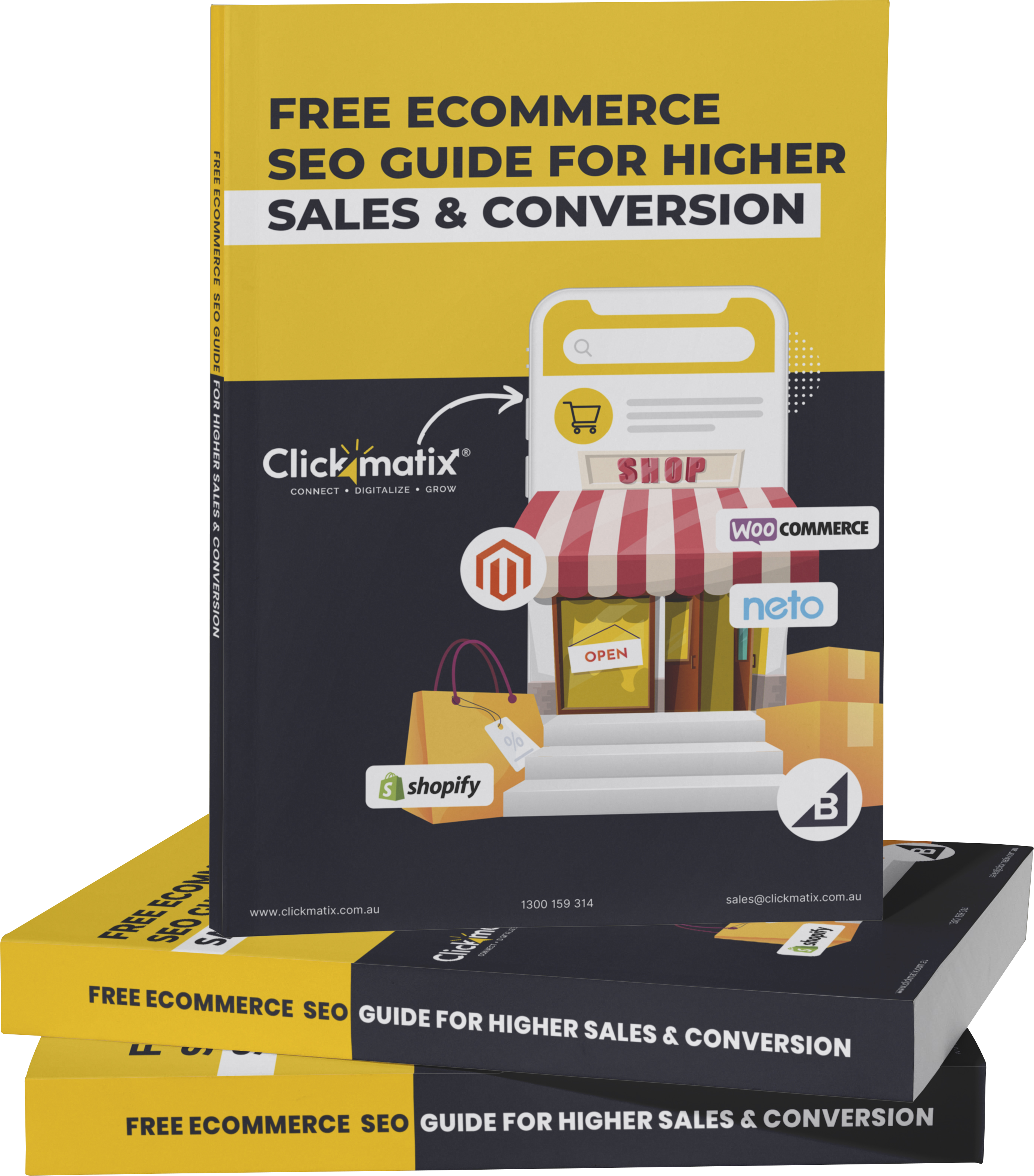
free Ecommerce SEO guide for Higher Sales & Conversion


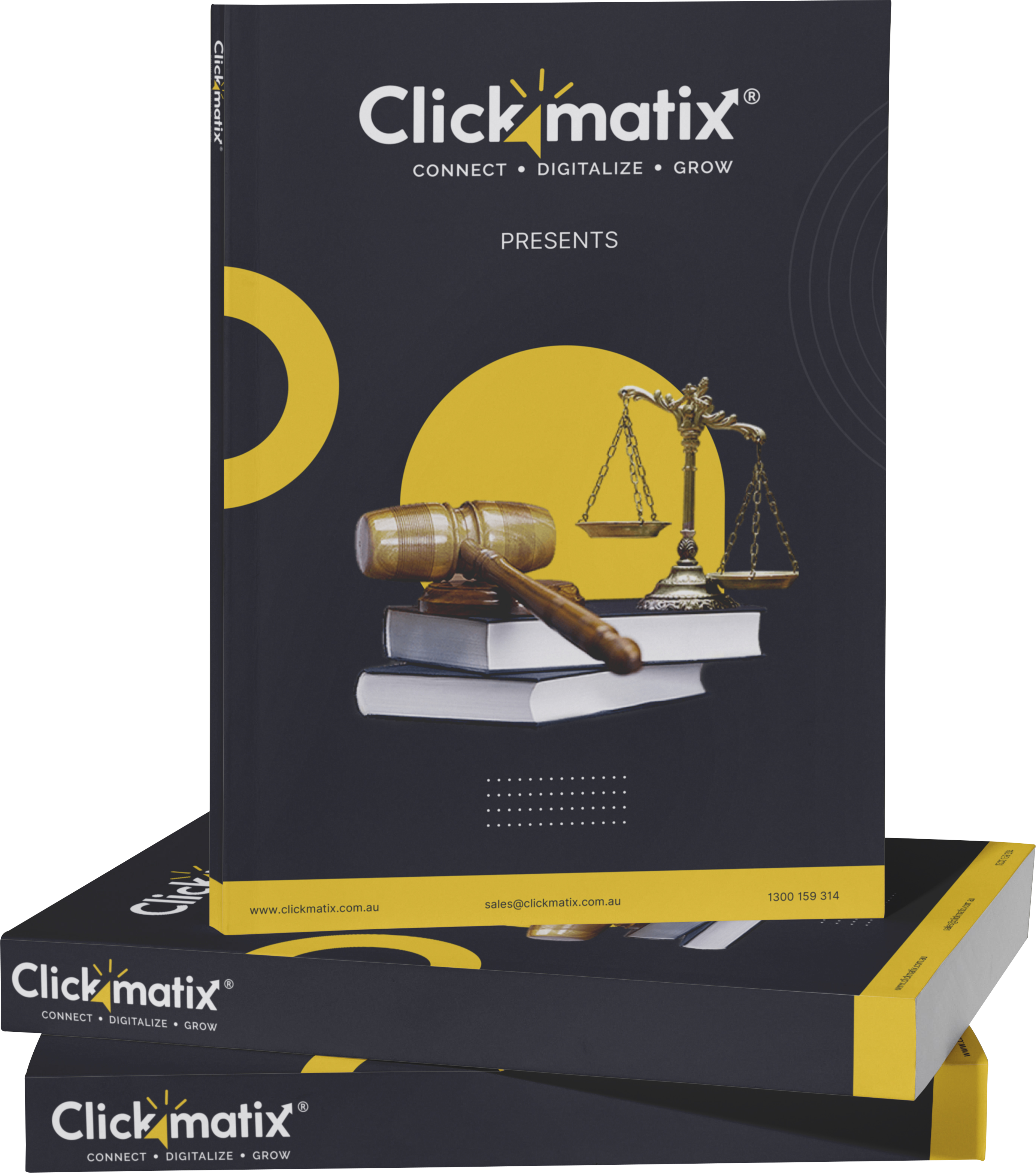
THE ULTIMATE MARKETING GUIDE FOR LAWYERS


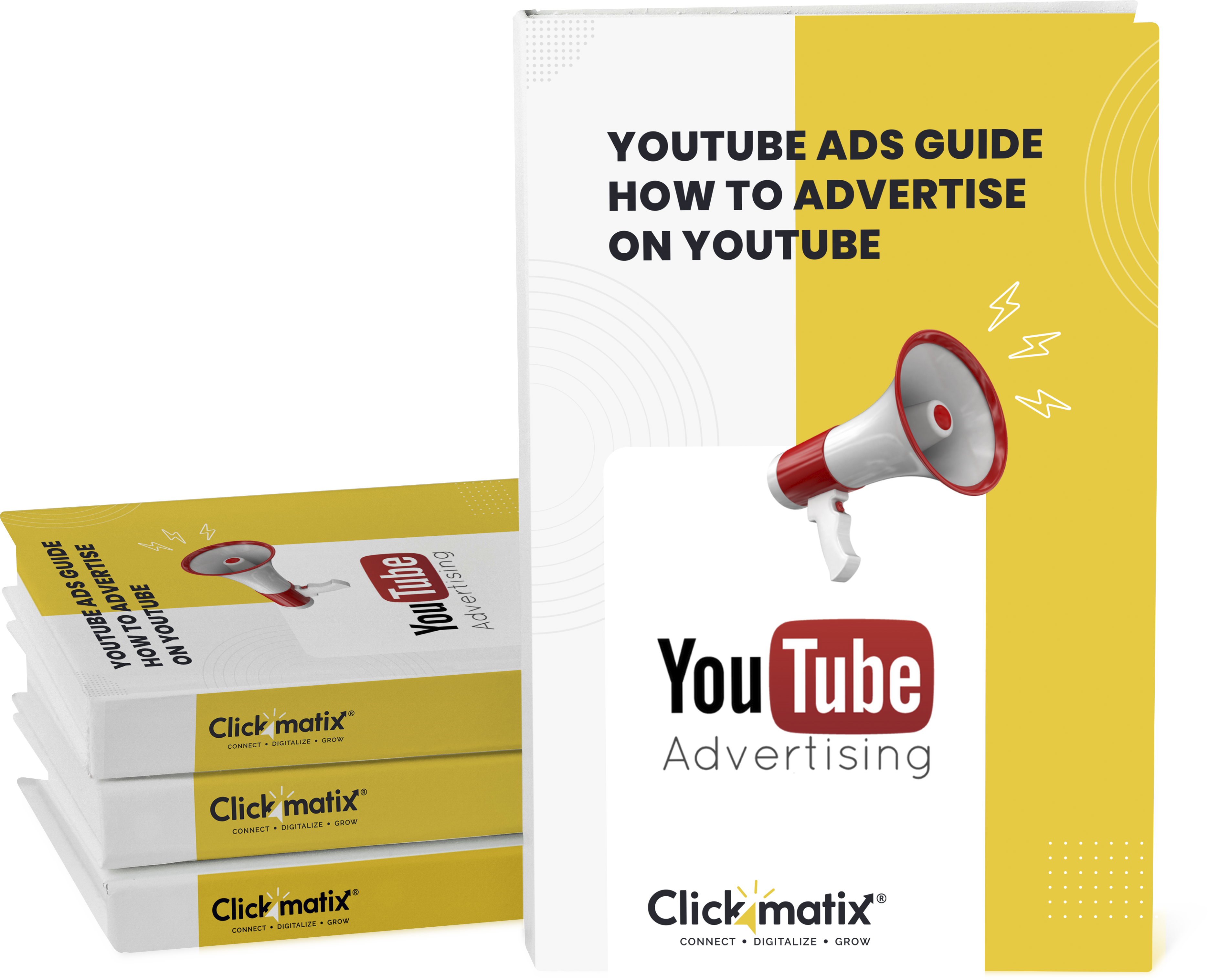
Youtube Ads Guide How to Advertise on Youtube



free Ecommerce SEO guide for Higher Sales & Conversion


It's time to call your business-
a brand!
Australian Owned Agency
Save Time and Money
Unbeatable Value
Where Work Gets Done


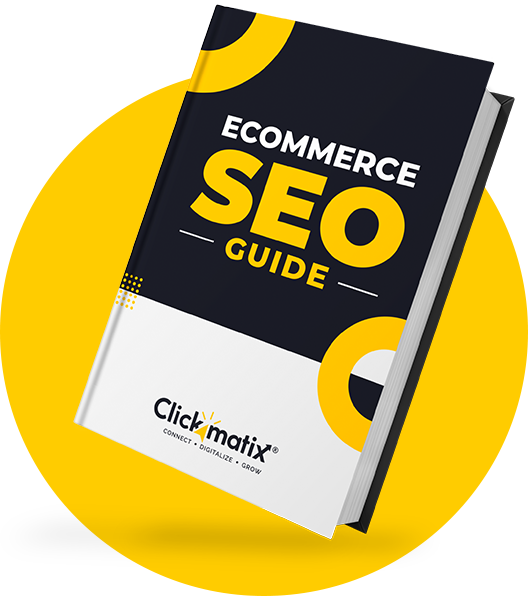
The Game-Changing Ecommerce SEO Guide That Will Blow Your Mind & Sales
With this Ecommerce SEO Guide, you'll be able to:
- Develop a Ecommerce SEO strategy.
- Build a content marketing strategy that aligns with your business goals.
- Convert your website visitors into paying customers.


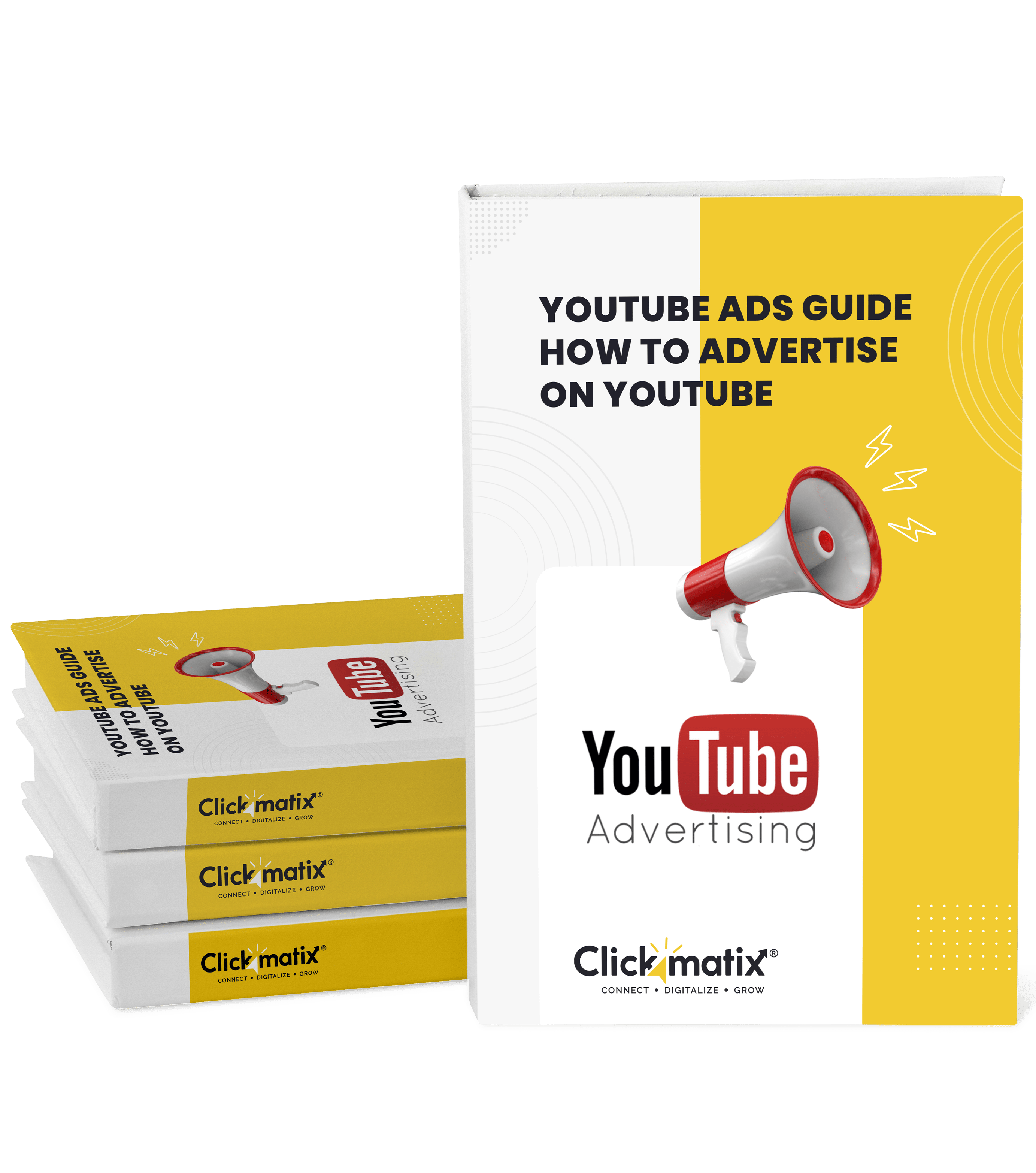
Youtube ads guide how to advertise on youtube
With this Youtube ads Guide, you'll be able to:
- Develop a Youtube ads strategy.
- Build a type of ads of your own that aligns with your business goals.
- Generate revenue from youtube ads.
It's time to call your business-
a brand!
Australian Owned Agency
Save Time and Money
Unbeatable Value
Where Work Gets Done








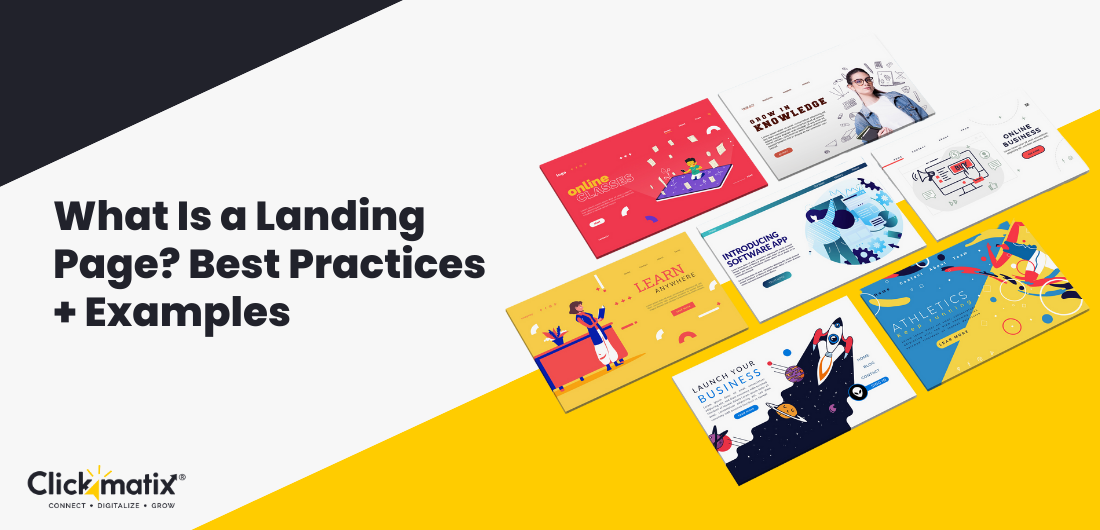
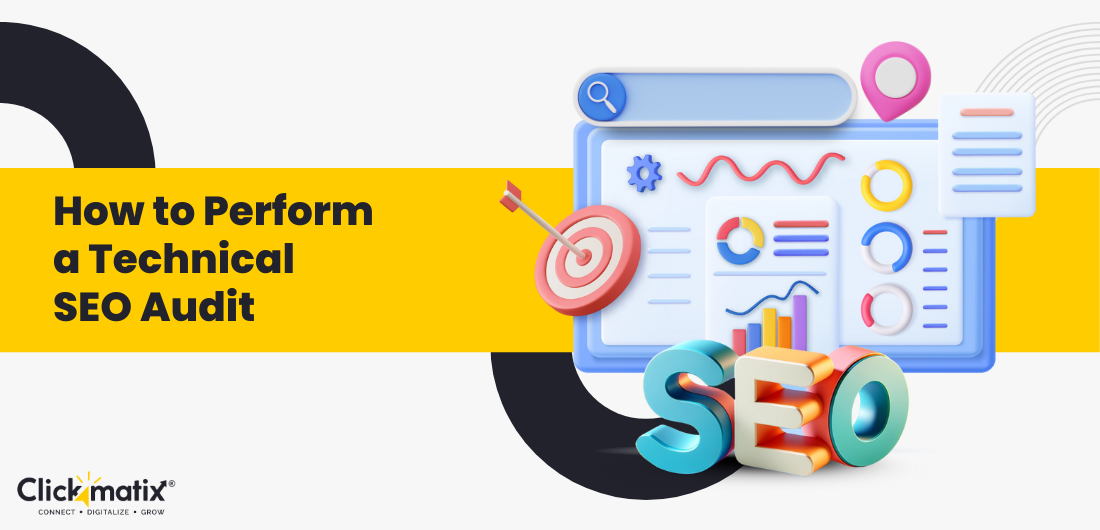
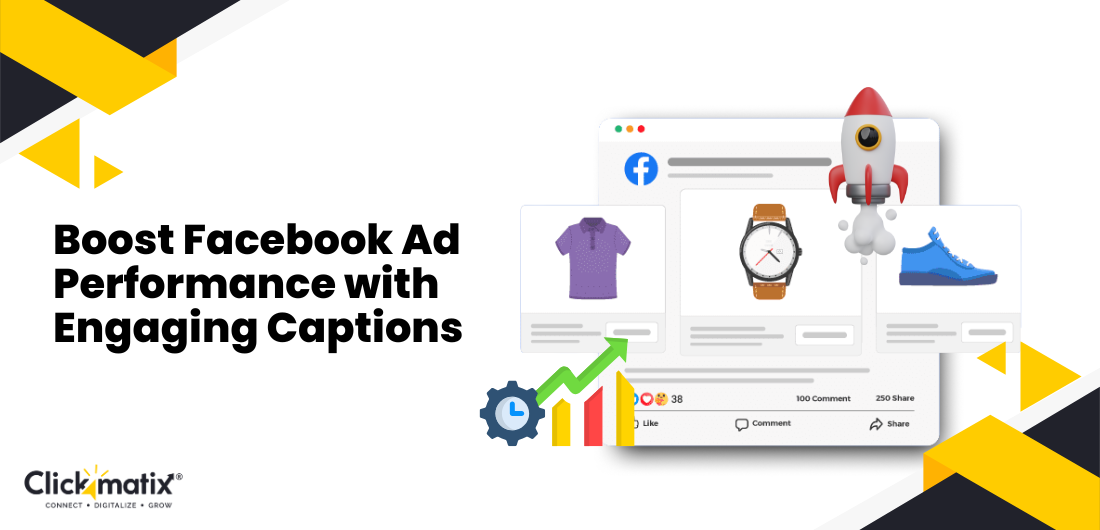
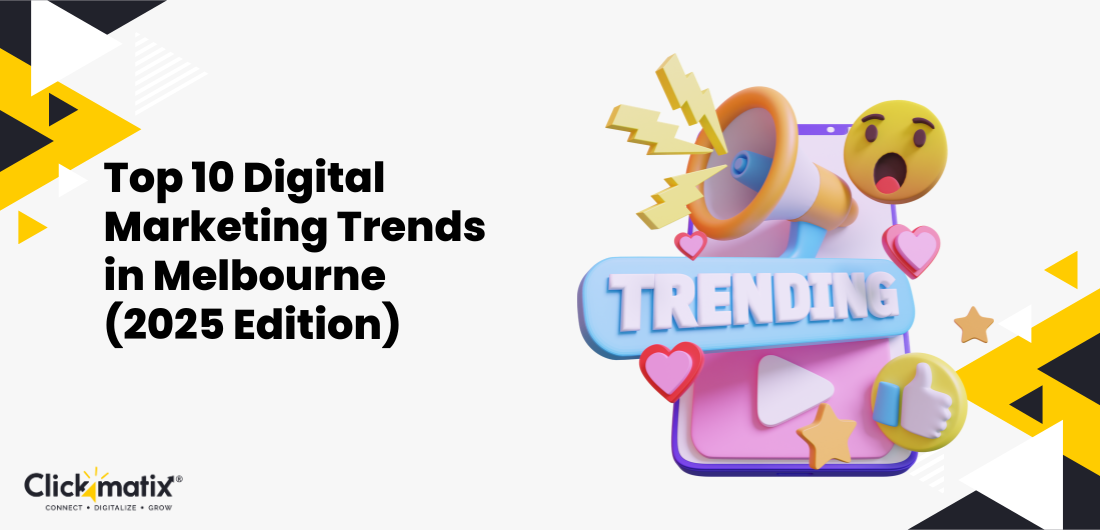
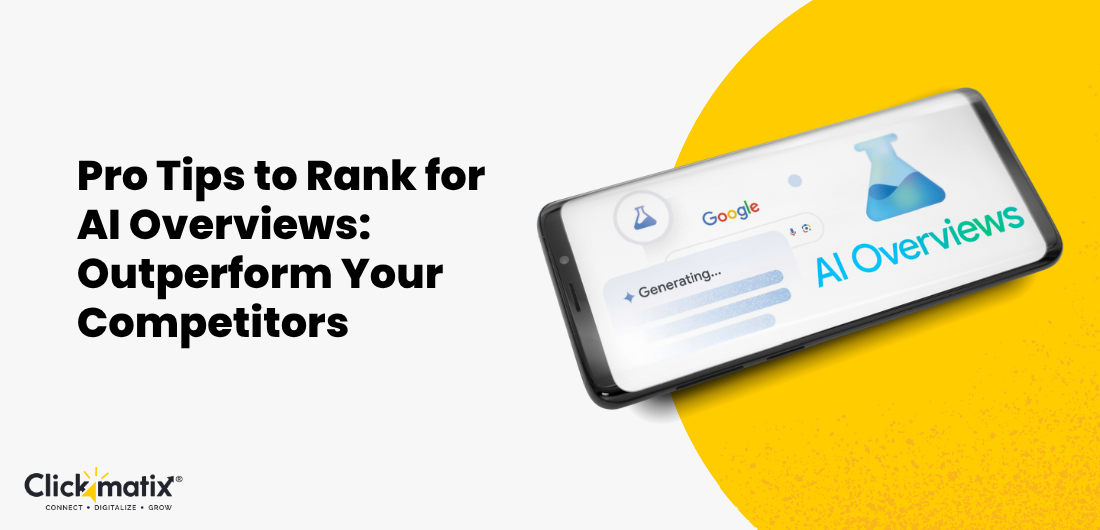
 Australian Owned Agency
Australian Owned Agency Save Time and Money
Save Time and Money Unbeatable Value
Unbeatable Value Where Work Gets Done
Where Work Gets Done